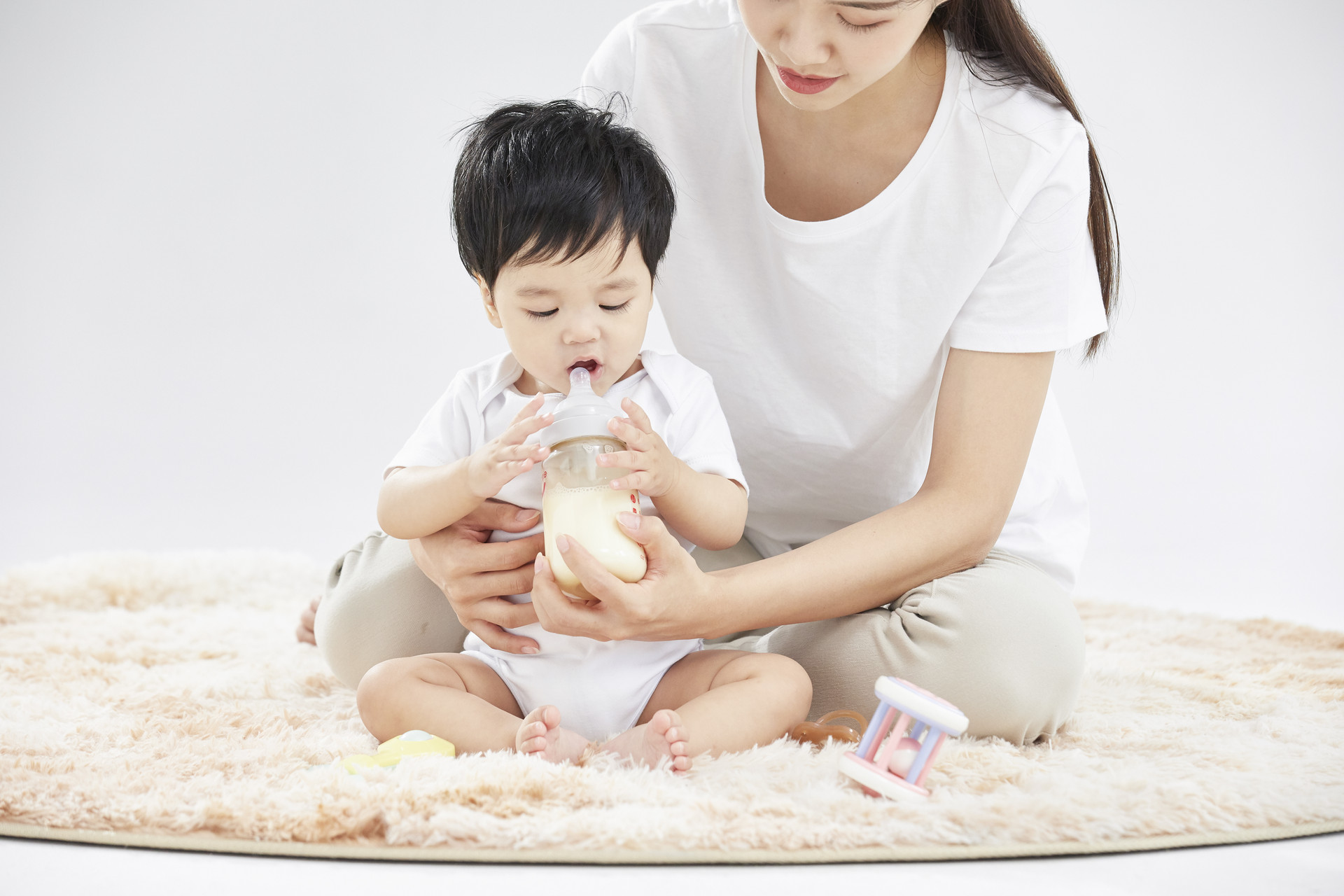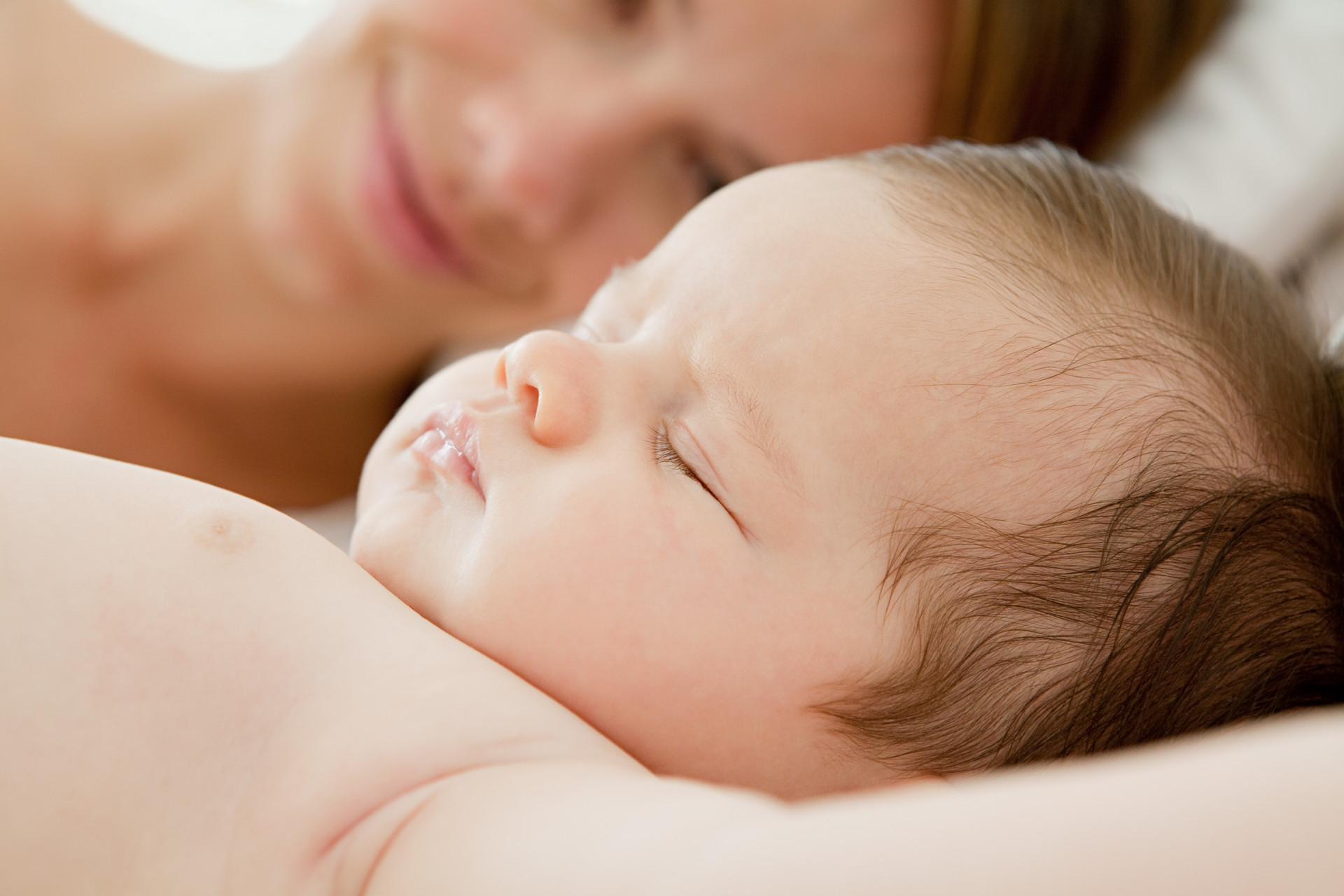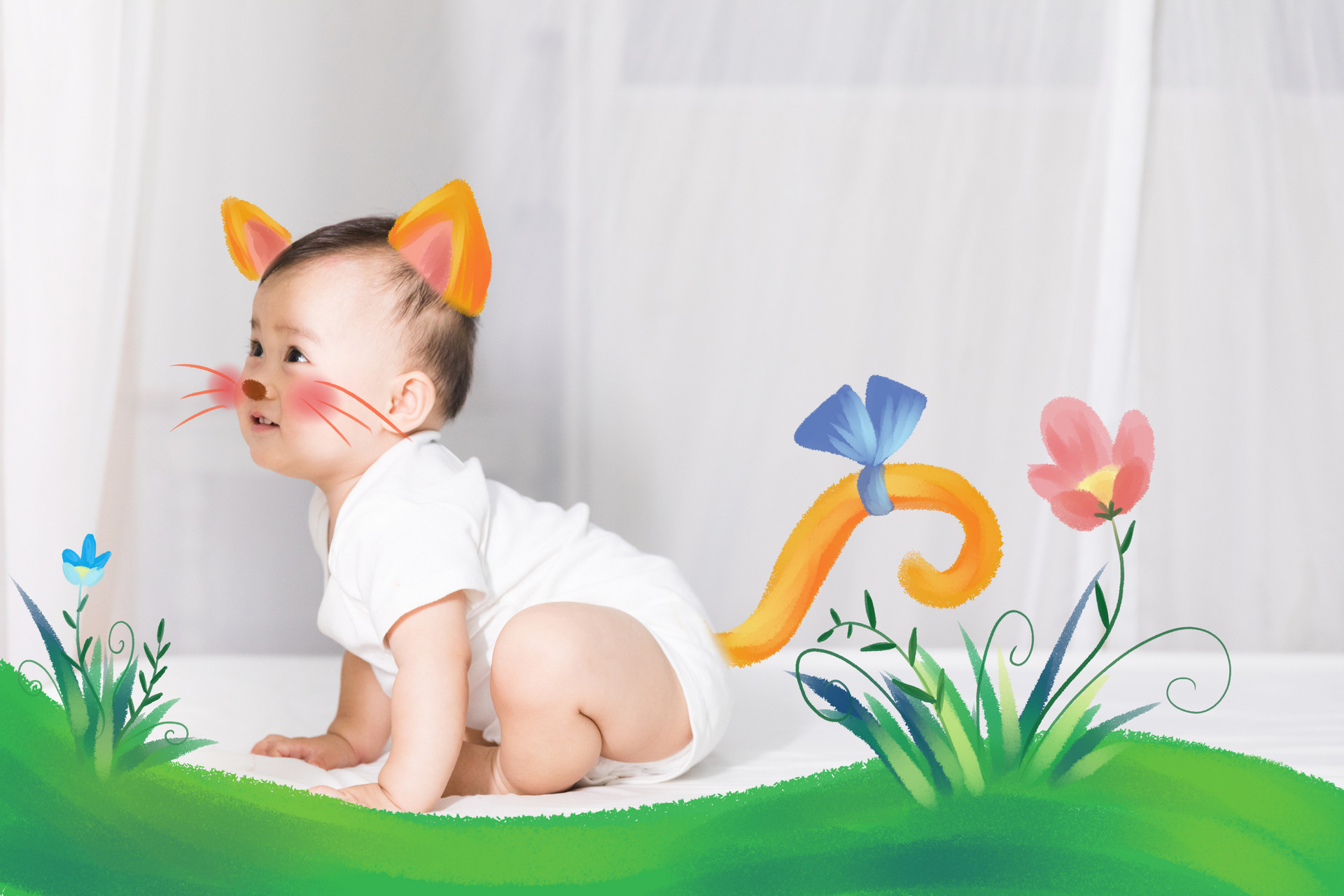In the scorching summer, babies are prone to diarrhea, which often makes parents anxious. How to quickly and easily determine whether the baby has physiological or pathological diarrhea, what type of diarrhea the baby has, how severe it is, and what measures to take to resolve it? I will answer these questions one by one.
1. Classification based on the severity of diarrhea
① Mild diarrhea: The main symptom is an increase in the frequency of bowel movements, ranging from several times a day to over 10 times. The stools are watery, yellow or yellow-green in color, with a small amount of mucus. Each bowel movement is not large, has an acidic odor, and may contain small white or light yellow chunks, which are soap chunks formed by the combination of calcium, magnesium, and fatty acids. Occasionally, there may be vomiting or regurgitation, decreased appetite, normal body temperature, or occasional low-grade fever. The complexion may be slightly pale compared to usual, but the baby's spirits are generally good, and there are no other systemic symptoms. The weight may not increase or may slightly decrease.
For infants with pyloric stenosis or malnutrition, although the diarrhea is mild, it often has a protracted course. The affected child is significantly weak, pale, and has a decreased appetite. The stools are yellow, often with more mucus, and have a foul odor. Stool analysis may show a small number of white blood cells. The shape and frequency of bowel movements are not stable. The longer the course of the condition, the worse the nutritional status becomes, and secondary infections of the urinary tract, middle ear, and other areas often occur.
② Severe diarrhea: It can develop from mild diarrhea, with the baby having 10 to 30-40 bowel movements per day. At the initial stage of becoming severe, the stool has more water, occasional bloody mucus, is yellow or yellow-green in color, has a fishy smell, and is acidic. If the diaper is not changed in time after a bowel movement, the buttocks' skin can become soaked, leading to skin peeling.
As the condition worsens and food intake decreases, the stool's odor decreases, and the fecal mass disappears, resulting in watery or egg drop soup-like stools that are lighter in color. The main components are a small amount of mucus and intestinal secretions, and the stools become alkaline. The amount of stool per bowel movement at this stage is uncertain, generally around 10-30 milliliters, but can reach up to 50 milliliters.
Stool examination may show the presence of many fat droplets, motile bacteria, mucus, and occasionally red blood cells, with around 10 white blood cells. The affected child has a decreased appetite and often experiences vomiting. There may be irregular low-grade fever, sometimes accompanied by high fever. The weight rapidly decreases, and there is significant emaciation. If not treated promptly, dehydration and acidosis symptoms gradually appear.
Severe diarrhea can also have an acute onset, with high fever (>39-40℃), frequent vomiting, and watery stools, quickly leading to water and electrolyte imbalances.
2. Classification based on different pathogens
① Pathogenic Escherichia coli enteritis: It can occur throughout the year, but is more common from May to August. Most cases have a gradual onset, starting off mild, without fever, and with rare vomiting. As it progresses, vomiting, low-grade fever, and dehydration symptoms usually occur simultaneously. The stools are usually watery, pale yellow in color, with more mucus, occasionally with blood streaks, and have a fishy smell. White pus can be seen in the stool of enteritis cases. Most cases have isosmotic or hyposmotic dehydration.
② Autumn diarrhea: It is mainly caused by rotavirus infection and occurs in Beijing from mid-August to mid-December, lasting for four months. It has a sudden onset, with early symptoms of vomiting and often accompanied by upper respiratory tract infection symptoms. The body temperature is between 38-40℃. Abdominal distension is more pronounced, and within 1-2 days of onset, the stool becomes watery and pale, sometimes resembling white rice soup or clear water, with little mucus and rarely any foul odor. Microscopic examination shows very few pus cells. Thirst is severe, and the child is noticeably irritable. Dehydration is usually mild to moderate isosmotic or hyperosmotic.
③ Staphylococcal enteritis: It is rarely primary but mostly occurs after oral administration of a large amount of broad-spectrum antibiotics. The symptoms and course of the disease are often related to the degree of dysbacteriosis. Sometimes it can occur on the basis of chronic bacillary dysentery. The main symptoms are vomiting, fever, and diarrhea. Vomiting often occurs 1-5 days before the fever. In the early stage of diarrhea, the stool is yellow-green, and 3-4 days later, it often changes to dark green watery stools with a foul odor, generally referred to as seawater-like stools. The frequency is high, with 10-20 or more bowel movements per day. Fluid loss is much greater than in cases of Escherichia coli enteritis, resulting in severe dehydration and electrolyte imbalances, and even circulatory failure and shock can occur.
④ Fungal enteritis: It mostly occurs as a complication of other infections, such as prolonged treatment-resistant Escherichia coli enteritis. Most cases have a history of long-term use of broad-spectrum antibiotics. The stools occur 3-4 times a day or slightly more, are yellow, watery, sometimes resembling tofu dregs, sometimes green, with more foam and mucus.
Babies have weaker resistance and are more susceptible to external factors. Moreover, the high temperatures in summer lead to rapid proliferation of bacteria, viruses, and other microorganisms, which can easily harm the baby's health. Therefore, parents should take protective measures to ensure that their baby is not tormented by the above symptoms during this summer.











